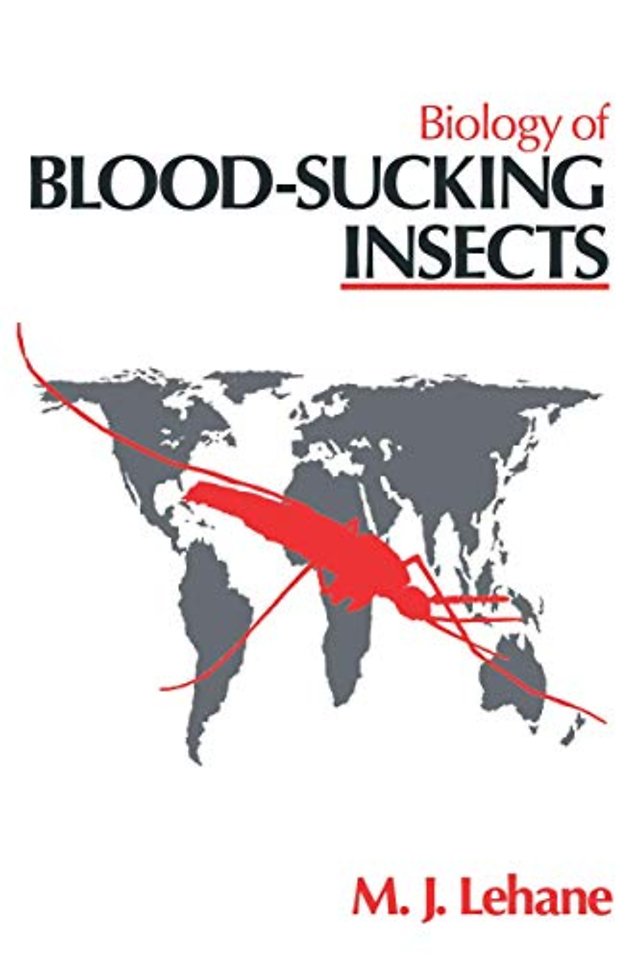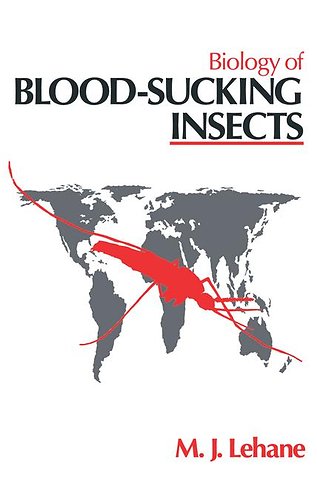Biology of Blood-Sucking Insects
Samenvatting
Blood-sucking insects are the vectors of many of the most debilitating parasites of man and his domesticated animals. In addition they are of considerable direct cost to the agricultural industry through losses in milk and meat yields, and through damage to hides and wool, etc. So, not surprisingly, many books of medical and veterinary entomology have been written. Most of these texts are organized taxonomically giving the details of the life-cycles, bionomics, relationship to disease and economic importance of each of the insect groups in turn. I have taken a different approach. This book is topic led and aims to discuss the biological themes which are common in the lives of blood-sucking insects. To do this I have concentrated on those aspects of the biology of these fascinating insects which have been clearly modified in some way to suit the blood-sucking habit. For example, I have discussed feeding and digestion in some detail because feeding on blood presents insects with special problems, but I have not discussed respiration because it is not affected in any particular way by haematophagy. Naturally there is a subjective element in the choice of topics for discussion and the weight given to each. I hope that I have not let my enthusiasm for particular subjects get the better of me on too many occasions and that the subject material achieves an overall balance.
Specificaties
Inhoudsopgave
Net verschenen
Rubrieken
- aanbestedingsrecht
- aansprakelijkheids- en verzekeringsrecht
- accountancy
- algemeen juridisch
- arbeidsrecht
- bank- en effectenrecht
- bestuursrecht
- bouwrecht
- burgerlijk recht en procesrecht
- europees-internationaal recht
- fiscaal recht
- gezondheidsrecht
- insolventierecht
- intellectuele eigendom en ict-recht
- management
- mens en maatschappij
- milieu- en omgevingsrecht
- notarieel recht
- ondernemingsrecht
- pensioenrecht
- personen- en familierecht
- sociale zekerheidsrecht
- staatsrecht
- strafrecht en criminologie
- vastgoed- en huurrecht
- vreemdelingenrecht

